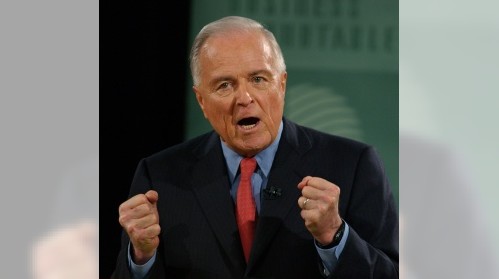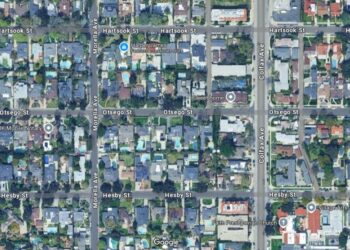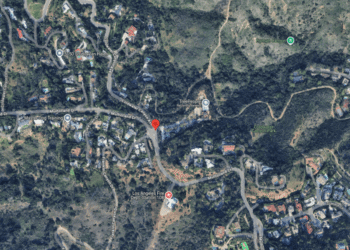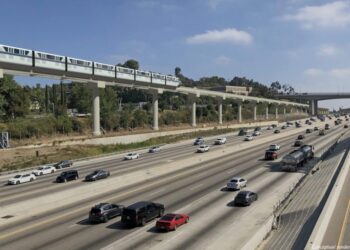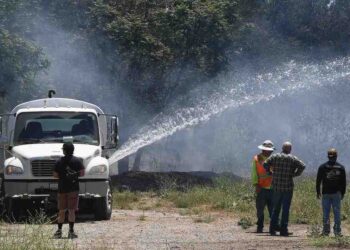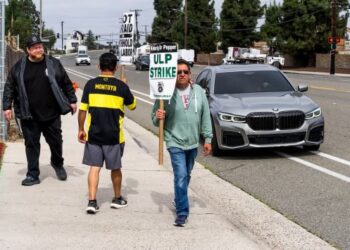Jan. 17, 1994: The ground shook like never before in a populated Los Angeles. It was six months after Richard Riordan had become mayor, a leader now shaken out of bed at his westside home in the dark of early morning L.A.
There he was, amid the the city’s greatest natural disaster to that point, the city’s new mayor, running to his phone (a landline back then), which of course wasn’t working. Neither was the phone in his car.
But eventually, after a 80- to 90-mph trip in his car to City Hall, he walked into an Emergency Operations Center downtown dealing with the chaos wrought by the Northridge Earthquake.
It was a seminal moment in a tenure with many, from the earthquake to dealing with the aftermath of the L.A. Riots, to an attempted break up of the city, to charter reform.
As Riordan told it, and as many remember, it was also a moment of intense urgency to break through the massive red tape between and within agencies at the city and state level. The swift action would define the style of leadership to which he long aspired as a businessman and a leader – an aspiration that attracted voters over his two terms as the city’s top elected official.
Unshowered, hair uncombed, but engaged, Riordan on that chaotic day immediately started a swift response that depended on cutting red tape to open up key transportation corridors and rebuilding collapsed stretches of freeway.
When he learned that the only detour around a felled part of the Santa Monica Freeway consisted of three intersections going through neighboring Culver City, Riordan said “okay, fine, just take them over,” Riordan said in a 2015 reflection on leadership at the Brookings Institute.
“Another thing I learned through all this is perceived power can be turned into real power. People think you have power,” he said. “For example, on the earthquake, a natural disaster like that the state Constitution provided that the county would take over control of the emergency. I ignored…
Read the full article here

